Trails to Oishii Tokyo
(2019)Streaming Episode Guide

Season 5
Miso
Episode 6 - 3-20-2019

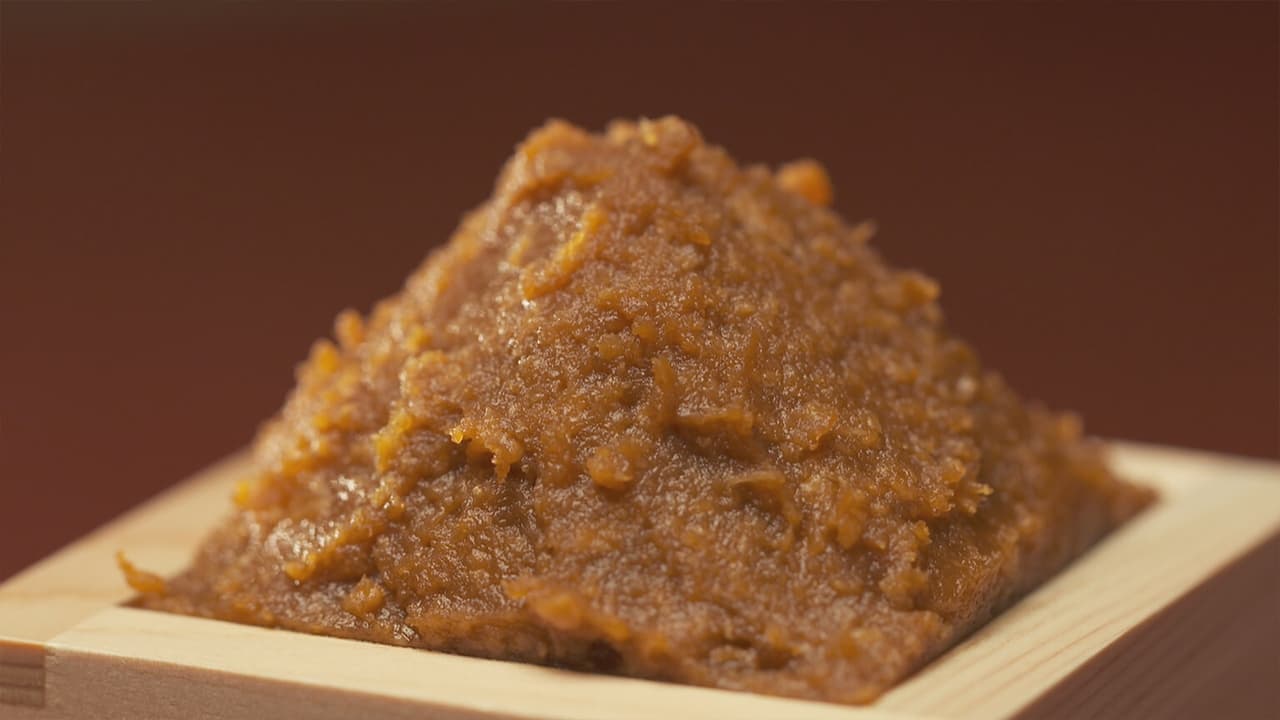
Ama-Ebi
Episode 5 - 3-06-2019

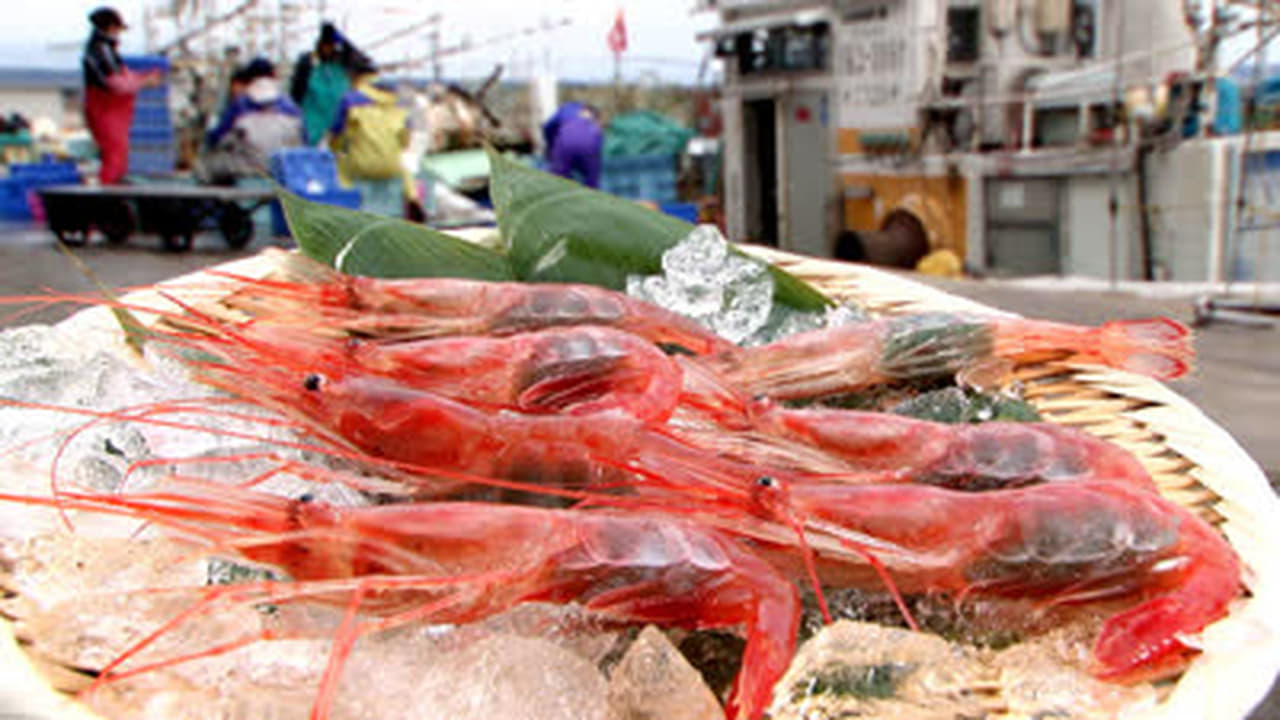
Sea Cucumber
Episode 4 - 2-20-2019

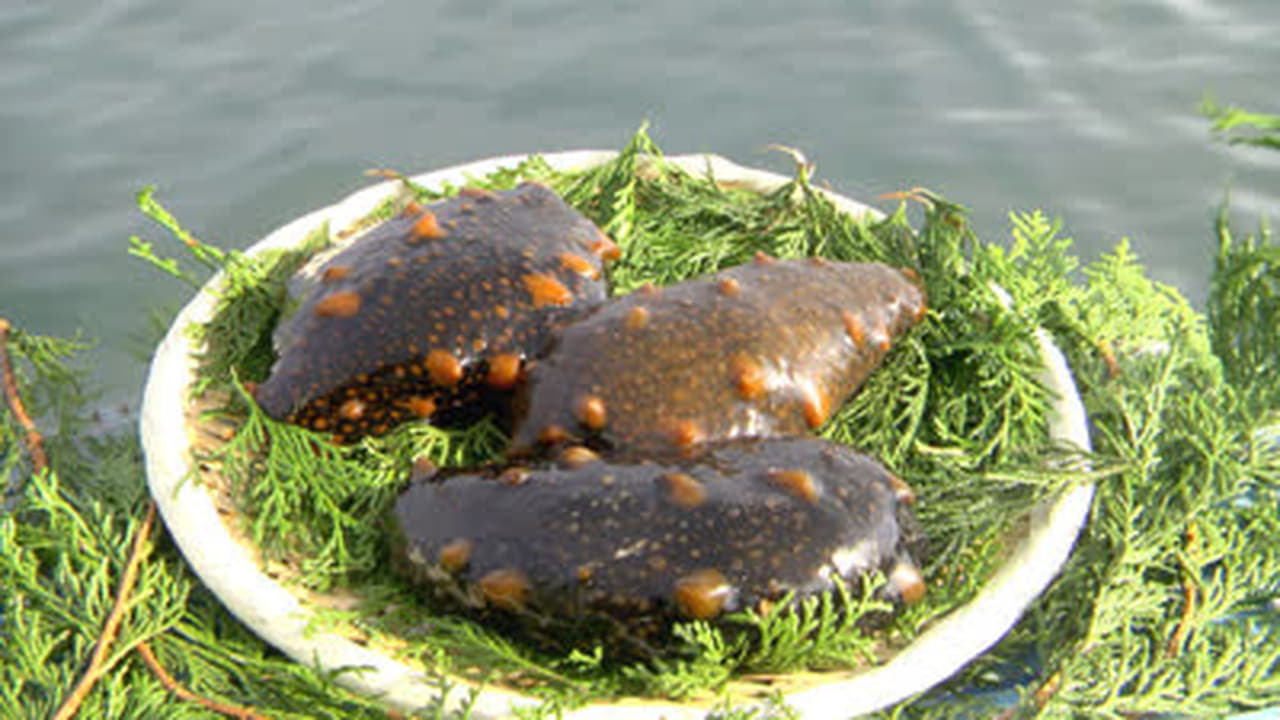
Soy Sauce
Episode 3 - 2-06-2019

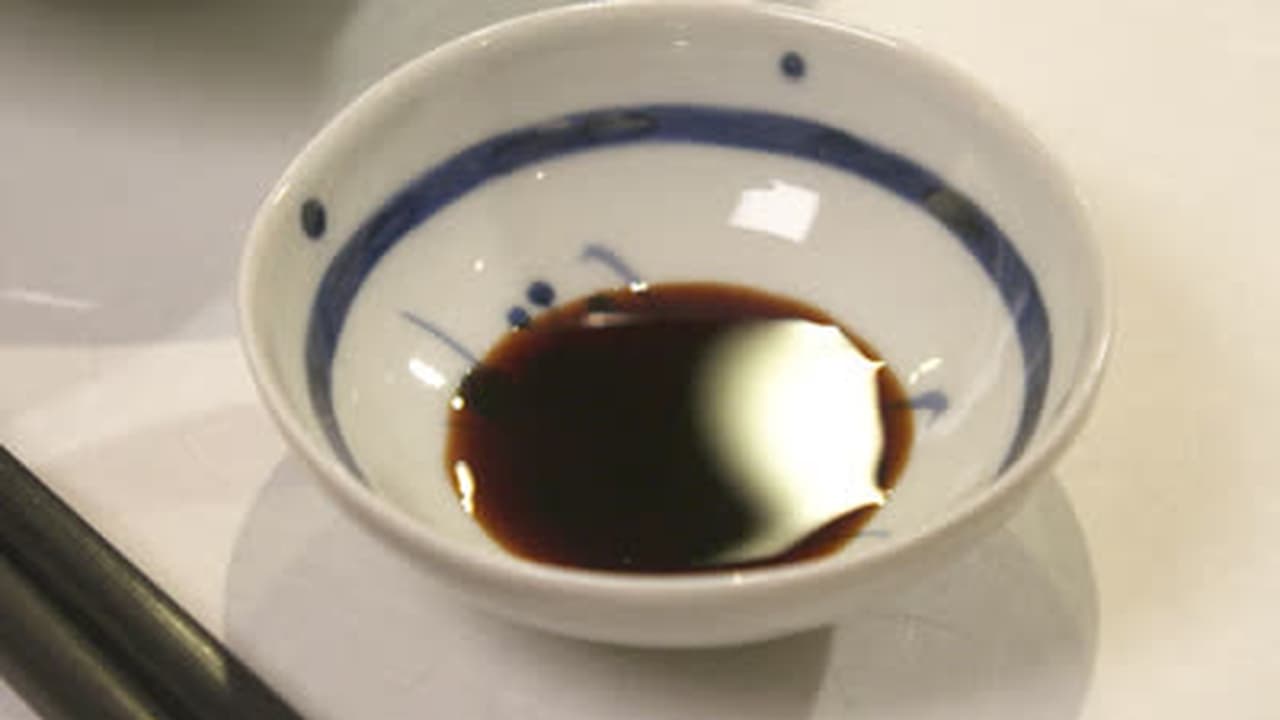
Turnip
Episode 2 - 1-23-2019

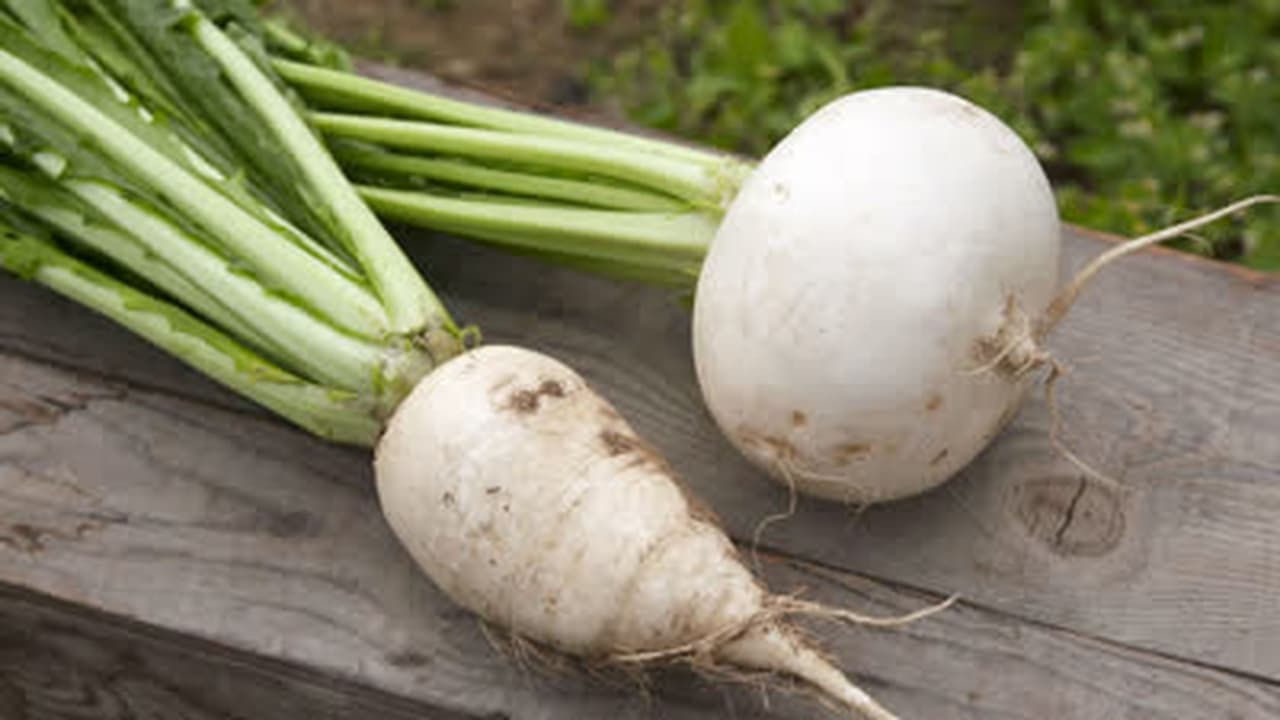
Konnyaku
Episode 1 - 1-09-2019



Season 4
Fu
Episode 24 - 12-19-2018


Sanma
Episode 23 - 12-05-2018

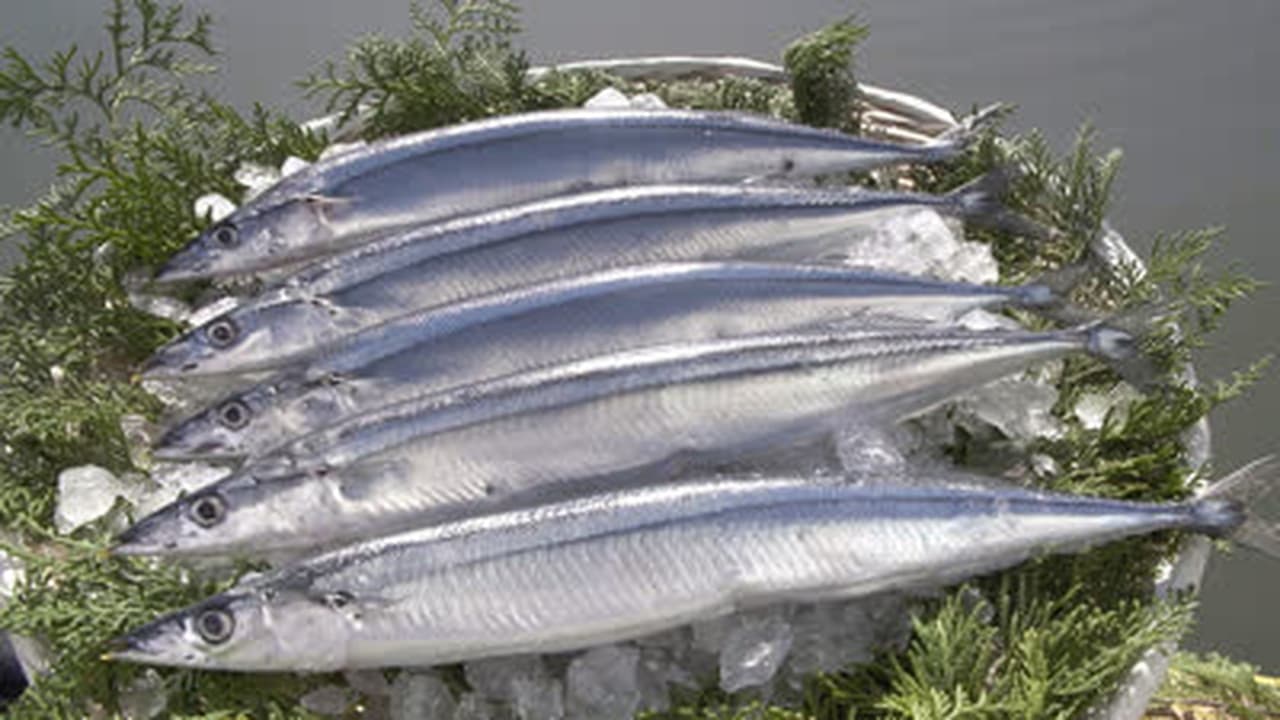
Sudachi
Episode 22 - 11-21-2018


Sea Urchin
Episode 21 - 11-07-2018

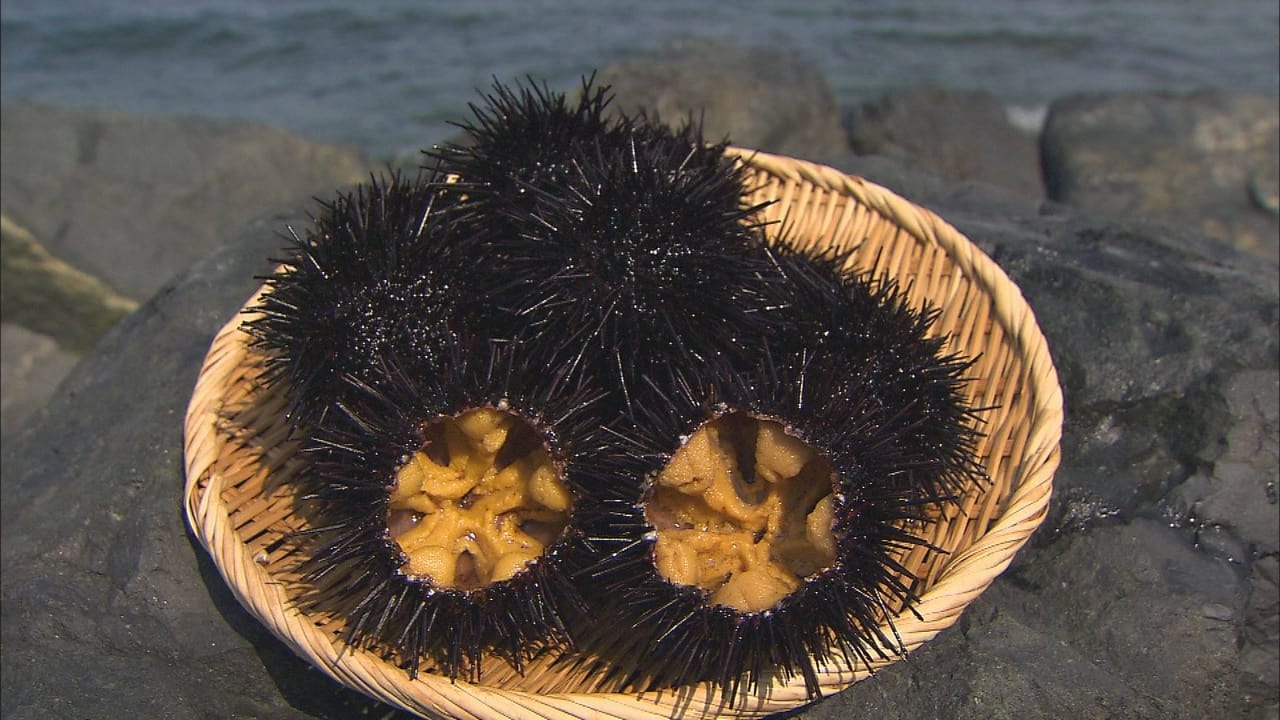
Niboshi
Episode 20 - 10-17-2018


Corn
Episode 19 - 10-03-2018


Kuruma-Ebi
Episode 18 - 9-19-2018


Anago
Episode 17 - 9-05-2018


Eggs
Episode 16 - 8-15-2018


Shiso
Episode 15 - 8-01-2018


Cherries
Episode 14 - 7-18-2018


Mozuku
Episode 13 - 7-04-2018


Shijimi
Episode 12 - 6-20-2018


Cabbage
Episode 11 - 6-06-2018


Hotaru-Ika
Episode 10 - 5-16-2018


Flying Fish
Episode 9 - 5-02-2018


Anko
Episode 8 - 4-18-2018


Scallop
Episode 7 - 4-04-2018


Kanten
Episode 6 - 3-14-2018


Cod
Episode 5 - 2-28-2018


Salmon
Episode 4 - 2-14-2018


Aori-ika
Episode 3 - 1-31-2018


Yamaimo
Episode 2 - 1-17-2018


Hamachi
Episode 1 - 1-03-2018



Season 3
Apple
Episode 24 - 12-20-2017


Amadai
Episode 23 - 12-06-2017


Matsutake
Episode 22 - 11-15-2017


Myoga
Episode 21 - 11-01-2017


Pumpkin
Episode 20 - 10-18-2017


Manganji Togarashi
Episode 19 - 10-04-2017


Peach
Episode 18 - 9-20-2017


Hamo
Episode 17 - 9-06-2017


Sushi
Episode 16 - 8-16-2017


Garlic
Episode 15 - 8-02-2017


Sansho
Episode 14 - 7-17-2017


Sardine
Episode 13 - 7-05-2017


Sakura-Ebi
Episode 12 - 6-21-2017


Sansai
Episode 11 - 6-07-2017


Kinmedai
Episode 10 - 5-17-2017


Wakame
Episode 9 - 5-03-2017


Oyster
Episode 8 - 4-19-2017


Hirame
Episode 7 - 4-05-2017


Spinach
Episode 6 - 3-15-2017


Gobo
Episode 5 - 3-01-2017


Nanohana
Episode 4 - 2-15-2017


Hakusai
Episode 3 - 2-01-2017


Daikon
Episode 2 - 1-18-2017


Yuzu
Episode 1 - 1-02-2017



Season 2
Kaki
Episode 24 - 12-21-2016


Potato
Episode 23 - 12-07-2016


Saba (Mackerel)
Episode 22 - 11-16-2016


Grapes
Episode 21 - 11-02-2016


Abalone
Episode 20 - 10-19-2016


Edamame
Episode 19 - 10-05-2016


Octopus
Episode 18 - 9-21-2016


Cucumber
Episode 17 - 9-07-2016


Kamo-Nasu
Episode 16 - 8-17-2016


Ayu
Episode 15 - 8-03-2016


Muskmelon
Episode 14 - 7-20-2016


Katsuo
Episode 13 - 7-06-2016


Tomato
Episode 12 - 6-15-2016


Renkon
Episode 11 - 6-01-2016


Hamaguri
Episode 10 - 5-18-2016


Wasabi
Episode 9 - 5-11-2016


Tai
Episode 8 - 5-06-2016


Negi
Episode 7 - 4-20-2016


Katsuobushi
Episode 6 - 4-13-2016


Snow Crab
Episode 5 - 4-06-2016


Takenoko
Episode 4 - 3-23-2016


Shiitake
Episode 3 - 3-02-2016


Fugu
Episode 2 - 2-03-2016


Ise-Ebi
Episode 1 - 1-06-2016



Season 1
Episode 15
1-13-2016


Episode 14
1-06-2016


Episode 13
12-30-2015


Episode 12
12-23-2015


Episode 11
12-16-2015


Episode 10
12-09-2015


Ika
Episode 9 - 12-02-2015


Sweet Potato
Episode 8 - 11-04-2015


Kombu
Episode 7 - 10-07-2015


Ume
Episode 6 - 9-02-2015


Aji
Episode 5 - 8-05-2015


Green Tea
Episode 4 - 7-01-2015


Nori
Episode 3 - 6-03-2015


Ichigo
Episode 2 - 5-06-2015


Maguro
Episode 1 - 4-01-2015




